Landscape photography invites photographers to explore the beauty of the natural world, and we love seeing the often larger-than-life scenes they capture and share with a camera and lens. While mastering this type of photography can be challenging, there are several strategies that can help you improve your landscape images. Instead of simply "taking" a photo, check out these seven tips to help you take advantage of the scene in front of you to build a landscape photo. Start with the foundation and add layers of composition, light and perspective. These tips and that simple change in mindset, can make a huge difference in your images.
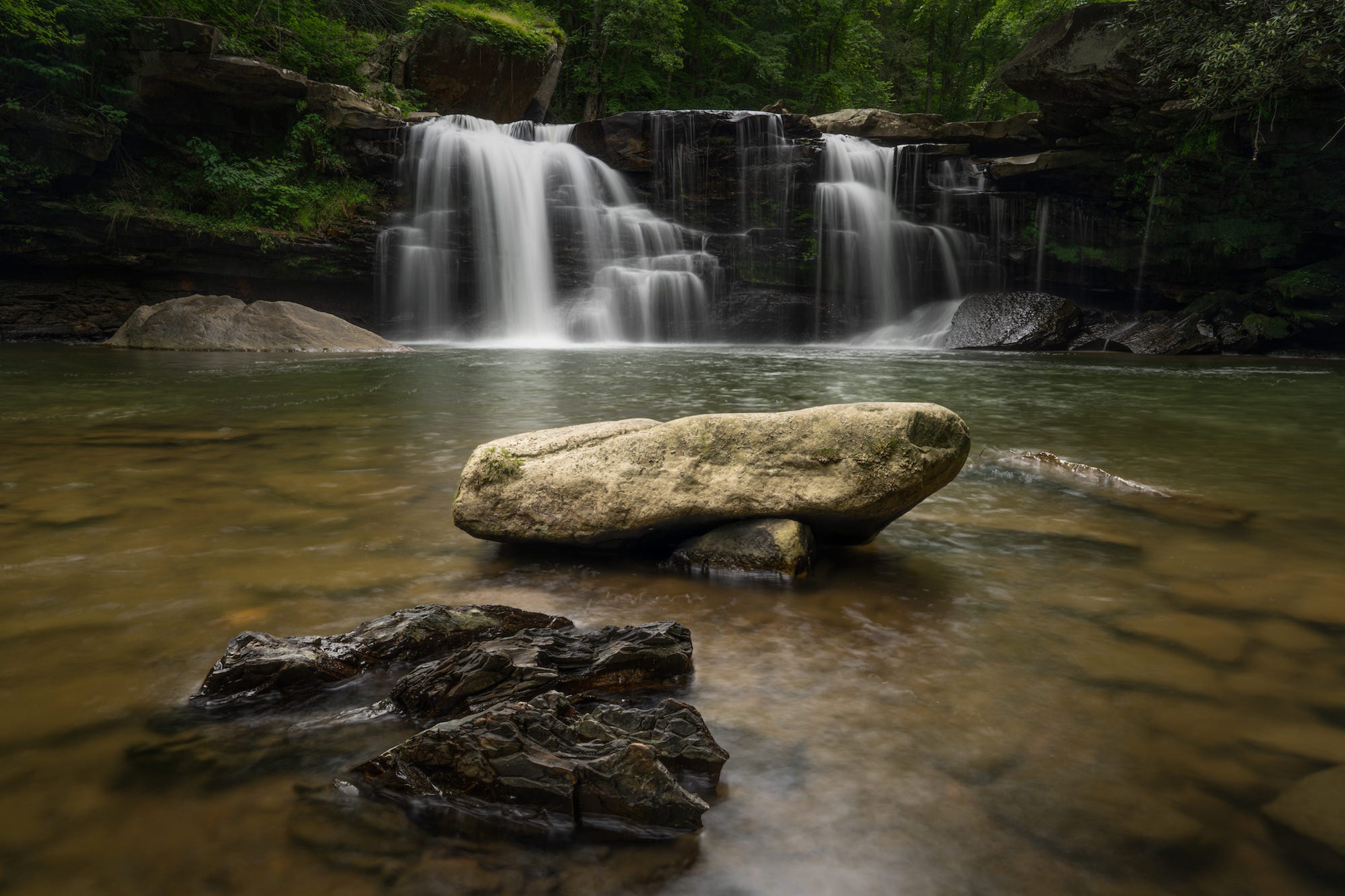
Photo by Michael Simmons. Sony Alpha 7R V. Sony 12-24mm f/2.8 G Master. 1.6-sec., f/18, ISO 50
How to take advantage of the scene in front of you to create a larger-than-life landscape image with your Sony Alpha camera.
1. Scout Your Location
Before you even pick up your camera, spend time scouting your location. This helps you identify the best vantage points and get a sense of the lighting conditions at different times of the day. You can use tools like Google Earth, photography blogs and social media for virtual scouting. Arriving early or staying late to take advantage of the golden hour can significantly improve your results.
2. Try Various Composition Techniques
It goes without saying that the composition is a cornerstone of a compelling landscape photograph. When you approach a compelling scene think about various composition techniques and look through the viewfinder or the LCD screen as you move the camera and experiment. Try the rule of thirds by placing key elements along the intersecting lines to create a balanced image. Or you can move to incorporate leading lines, such as paths, rivers or fences, to guide the viewer's eye through the scene. Also, consider framing elements like trees or arches to add depth and interest to your images. Slow down and get creative with your composition instead of just hitting the shutter quickly and moving on.
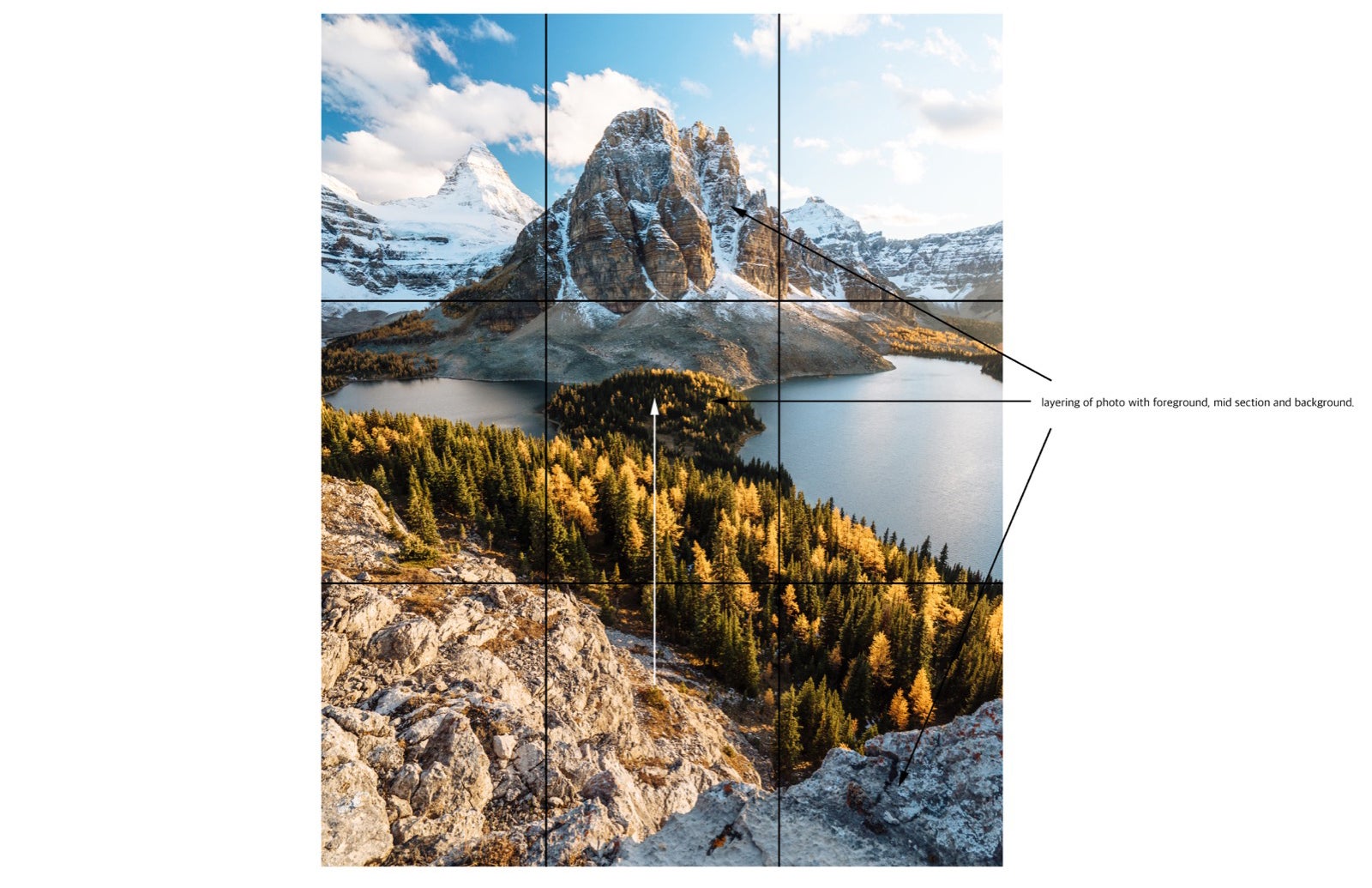
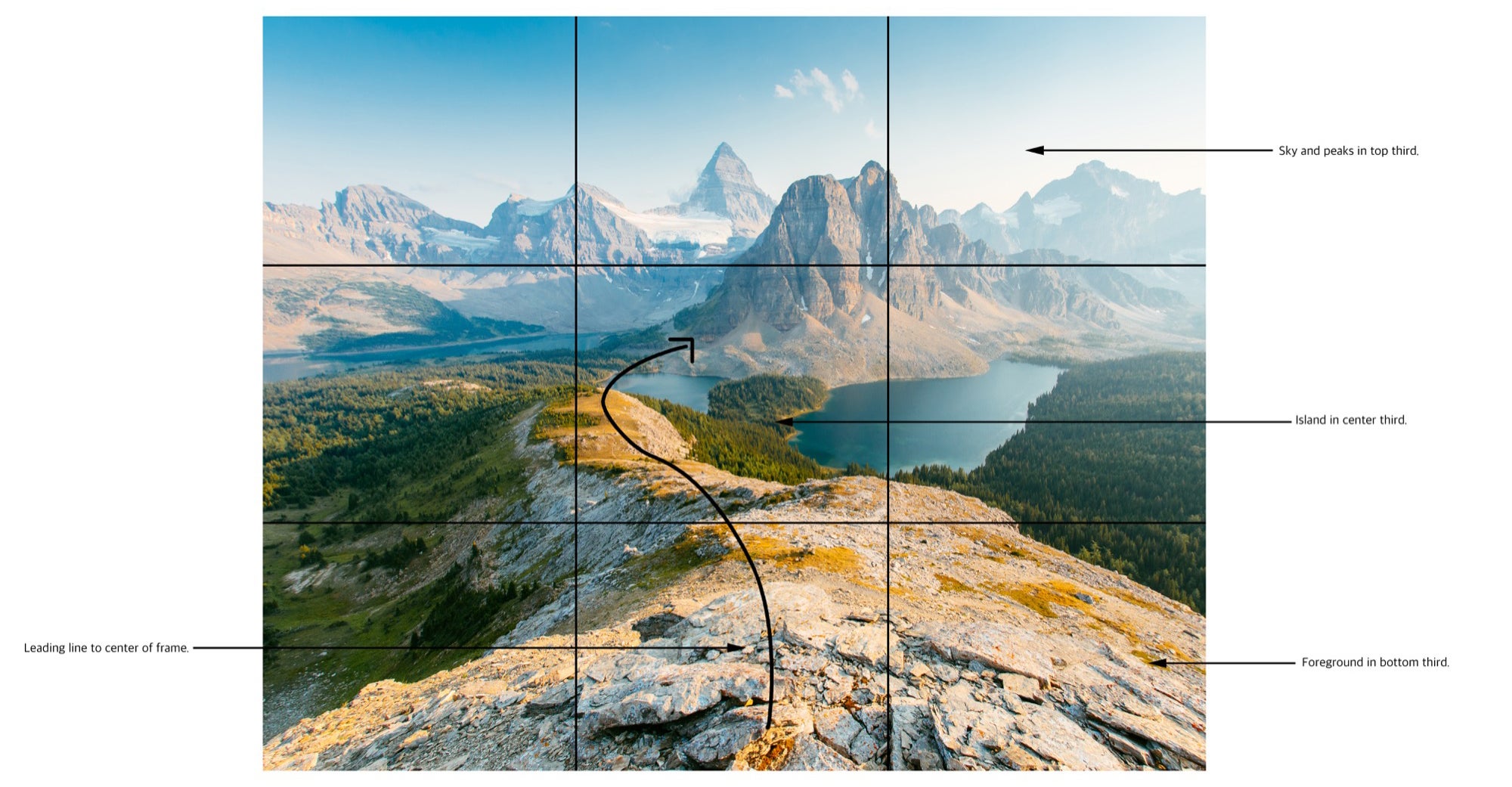
3. Harness Natural Light
The quality of light can make or break a landscape photo. Shooting during golden hours, like shortly after sunrise and just before sunset, will give you that soft, warm light that highlights the textures in your scene and adds dimension. Overcast skies can create a moody atmosphere, while clear days can enhance vibrant colors. Adapt your approach to suit the available light and experiment with how it affects the scene. Most importantly, don't rush it. Many of the greatest landscape photographers have stories about waiting for the light led to a miraculous photograph.
4. Use Your Gear To Your Advantage
Landscape photography calls for maximum resolution. When fine detail like leaves or rock striations can be resolved sharply, rather than becoming a mushy blob, the entire photo takes on a 3D look. Sony Alpha cameras and G Master lenses excel for landscape photography. The ultra-high resolution Sony Alpha 7R V is one of the best choices for landscape photographers. It combines 61 megapixel resolution and broad dynamic range that is ideal for capturing the intricate details in a scene. Pairing your camera with a wide-angle zoom like the Sony 16-35mm f/2.8 G Master II or Sony 24-70mm f/2.8 G Master II will allow you to capture those grand vistas that make for breathtaking landscape images. Find even more solid lens options for landscape photography in 8 Lenses That Can Up Your Landscape Photography Game.
5. Incorporate Foreground Elements
Adding foreground elements can add depth and dimension to your landscape images. Look for interesting rocks, plants or reflections that can enhance your composition and provide a sense of scale. A well-chosen foreground element draws viewers into the scene, inviting them to explore the different layers of the photograph.
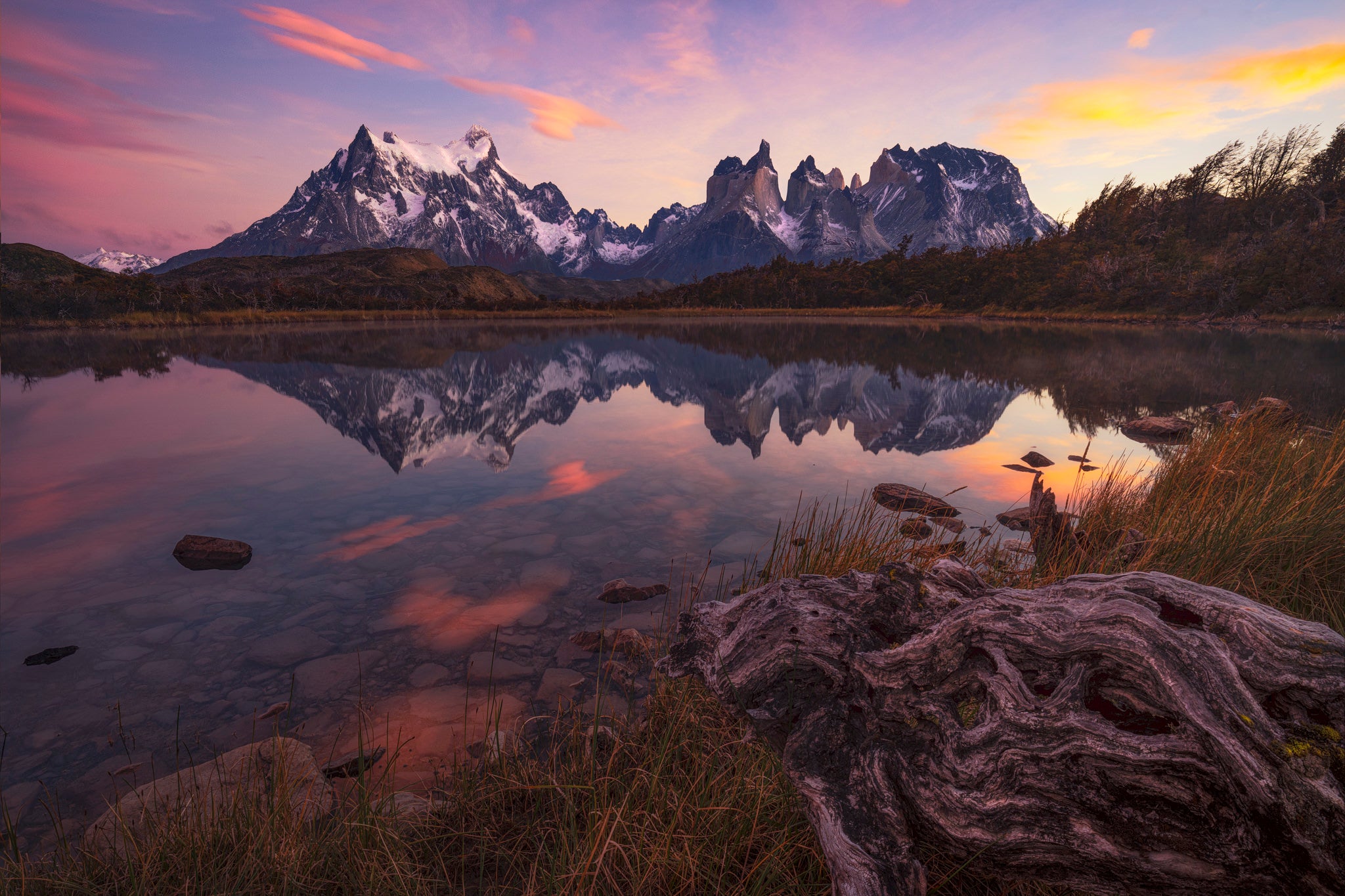
Photo by Brandt Ryder. Sony Alpha 7 IV. Sony 16-35mm f/2.8 G Master II. 5-Focus Stacked. .5-sec., f/13, ISO 100 (EXIF ISO 100, f/13, 0.5s x 5 focus stack)
6. Leverage The Weather & The Seasons
Weather and seasons can drastically alter the mood and appearance of a landscape. Embrace the unique qualities they offer: stormy clouds can add drama, fog can create mystery and snow can transform a scene into a serene wonderland. Check weather forecasts before heading out, and be ready to adapt your plans and gear to accommodate changing conditions. Also, return to your favorite landscapes at different times of the year and see how the seasons change them. In addition to foliage and colors, the angle of the sunlight changes throughout the year and it can have a dramatic effect on a scene. Embrace close-to-home locations that you can revisit often.
7. Experiment With Shutter Speeds
Long exposures can add an ethereal quality to landscape photos, particularly with moving elements like water or clouds. Use a tripod to stabilize your camera and experiment with slower shutter speeds to create smooth, silky effects on rivers, waterfalls, or waves. Conversely, faster shutter speeds can freeze motion, capturing crisp details in wind-swept grass or leaves.
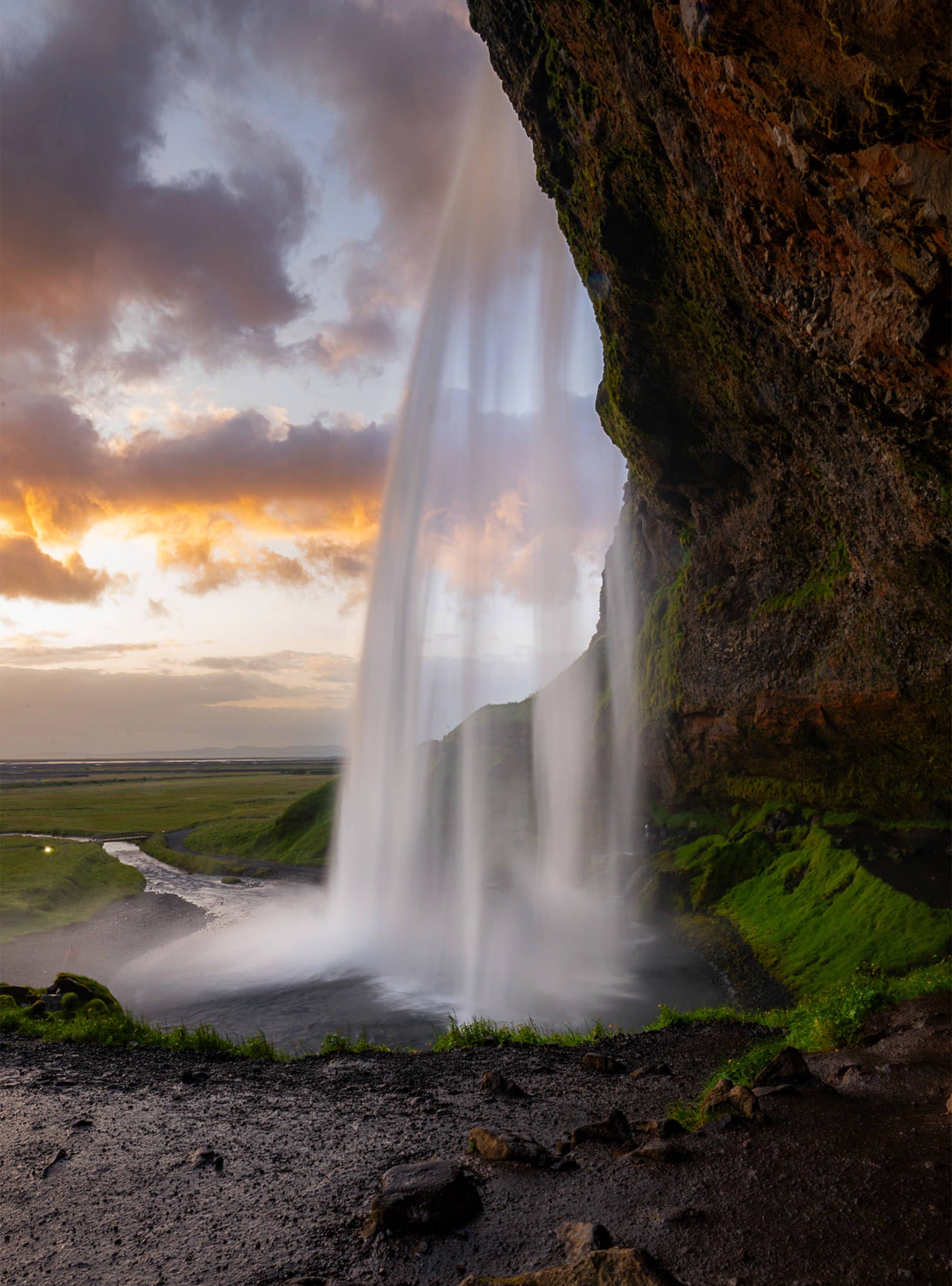
Photo by Sarah Rohrbach. Sony Alpha 7R III. Sony 16-35mm f/2.8 G Master. 3/5-sec., f/22, ISO 50
Think about these tips to enhance your landscape photography skills and create more impactful images. Remember, the key is to experiment, observe and let the natural beauty of your surroundings guide your creative vision.

